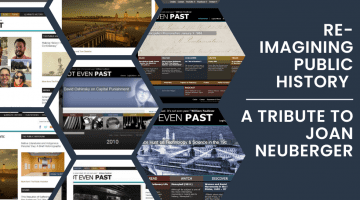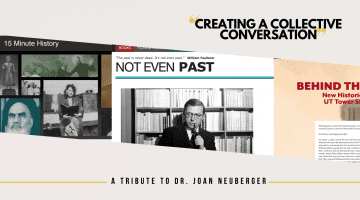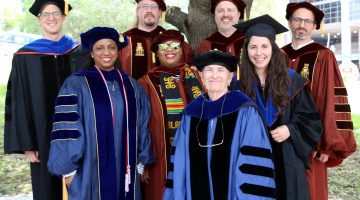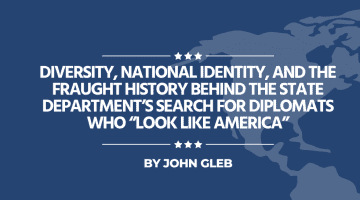
As some of our readers may know, the Chair of the History department, Dr. Daina Ramey Berry, will leave UT to become the next Michael Douglas Dean of Humanities and Fine Arts at UC Santa Barbara. In addition to being a brilliant scholar, inspirational teacher, and remarkable leader, Dr. Berry has also been an incredible […]





